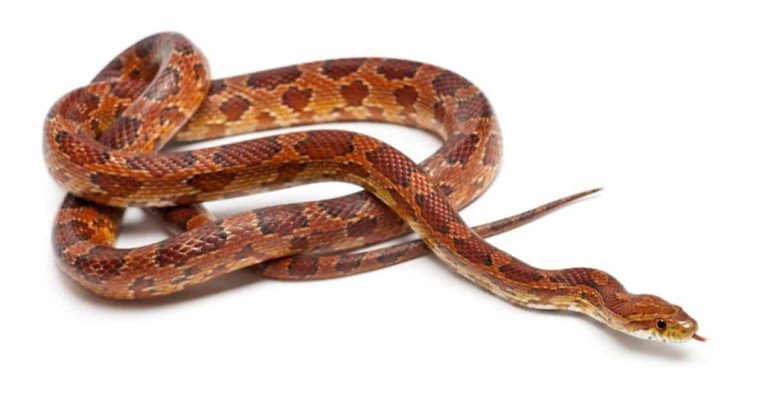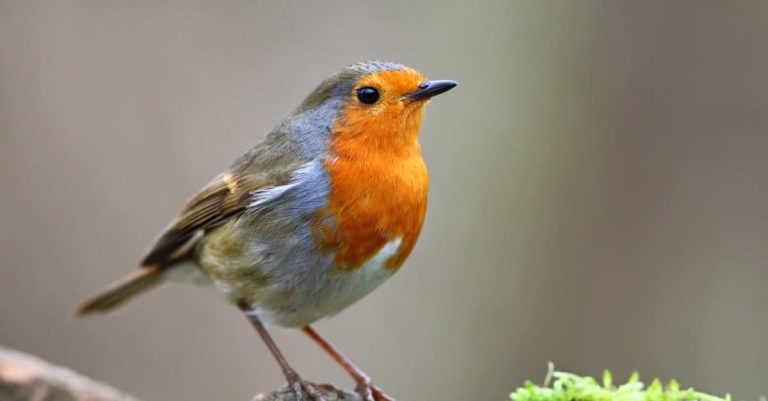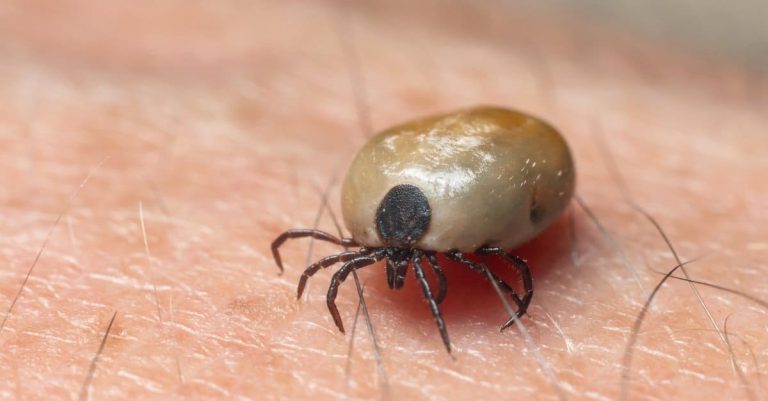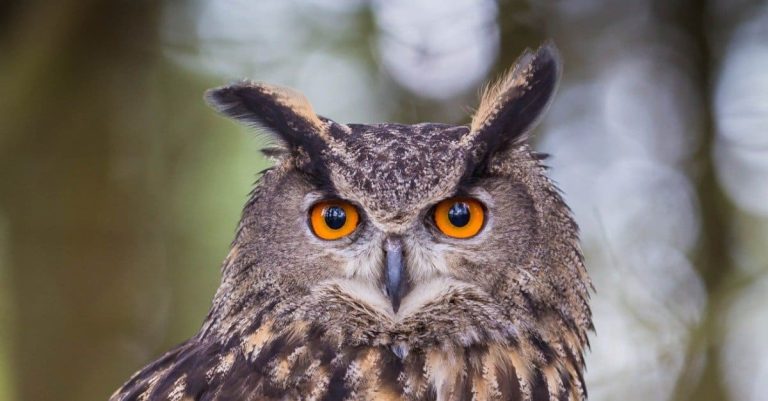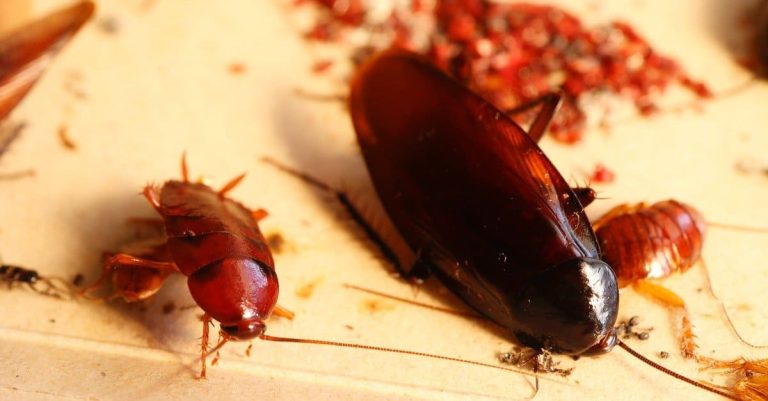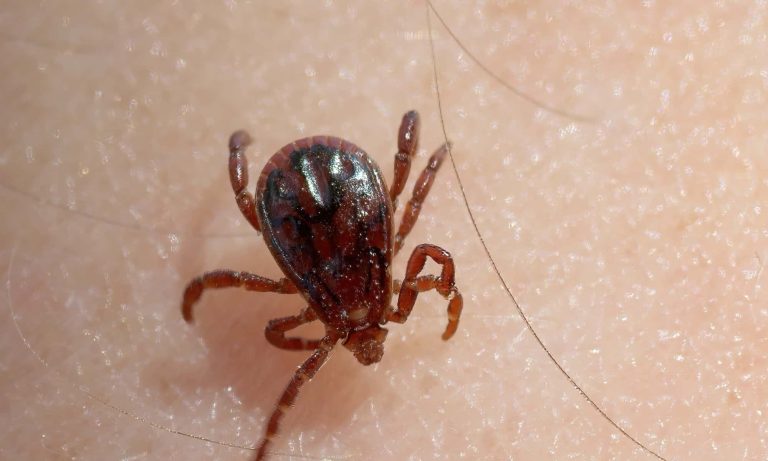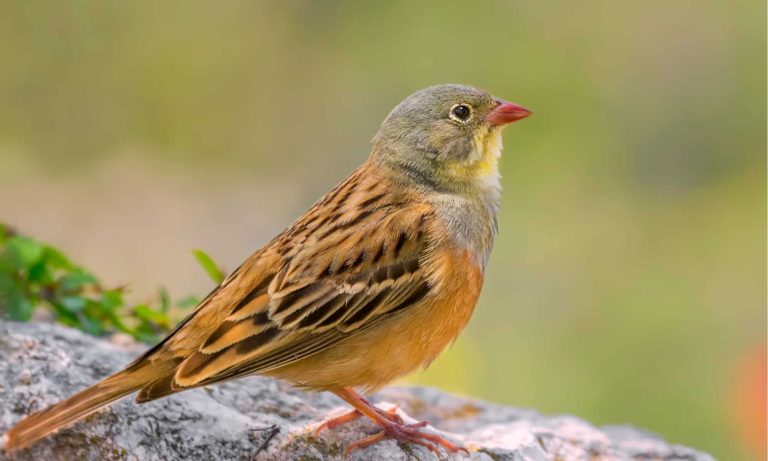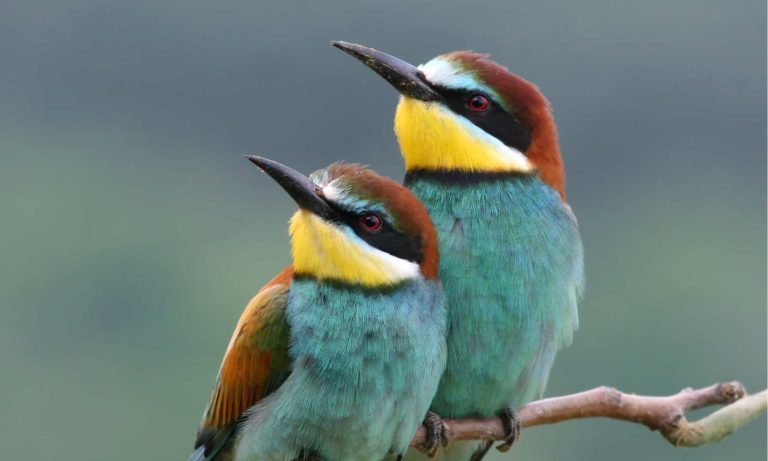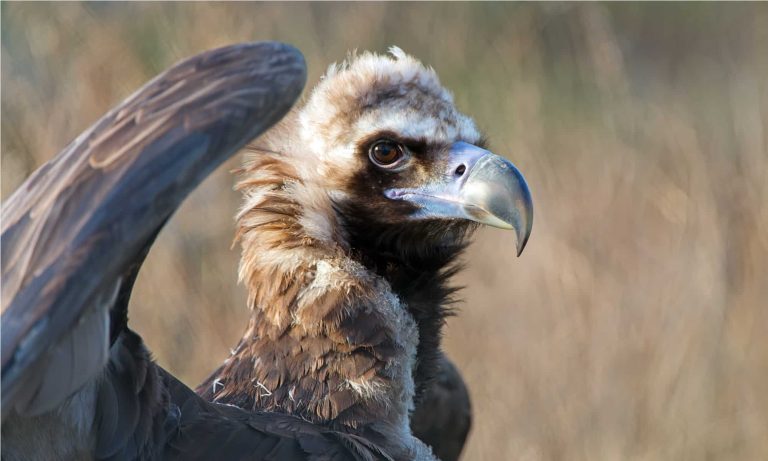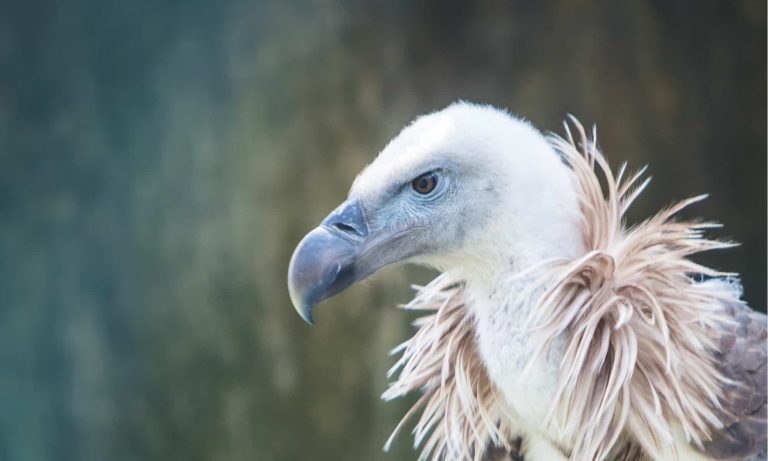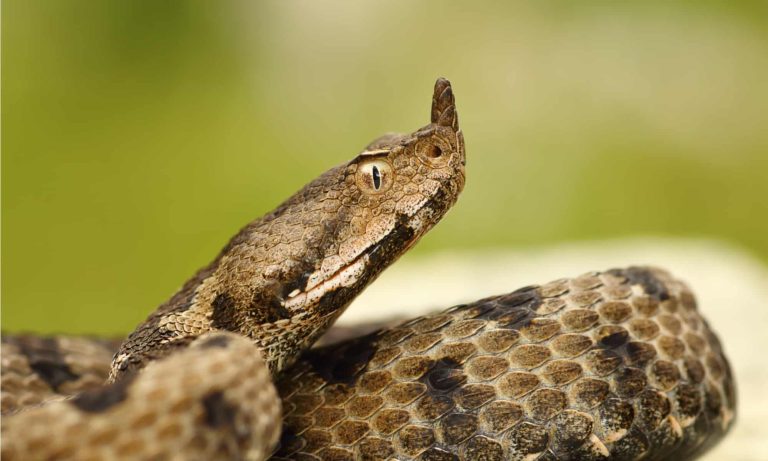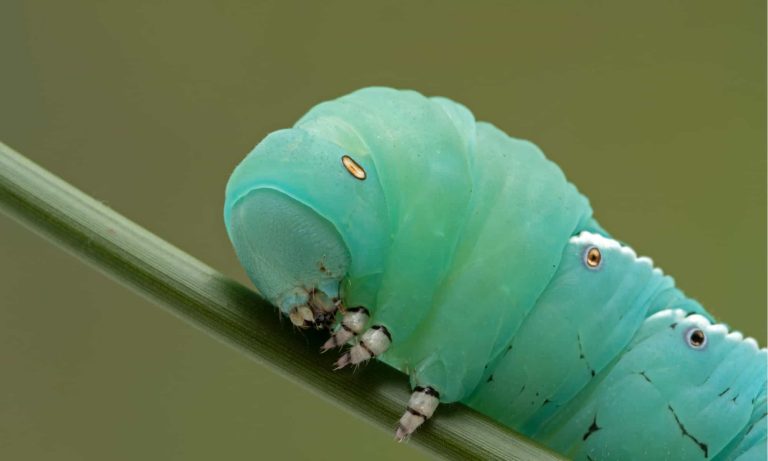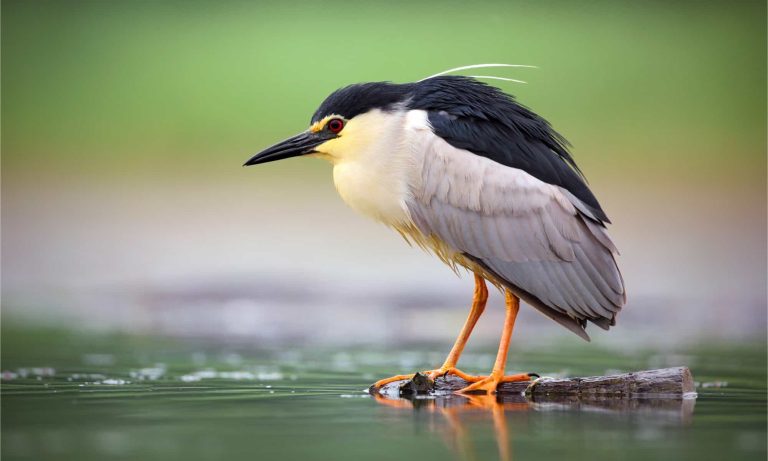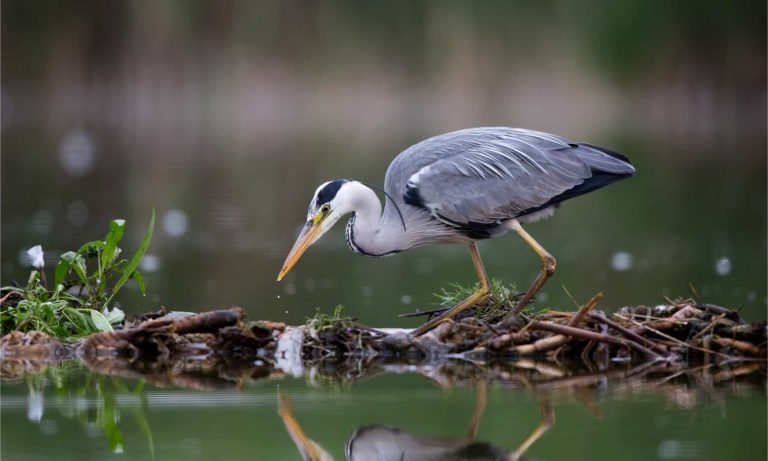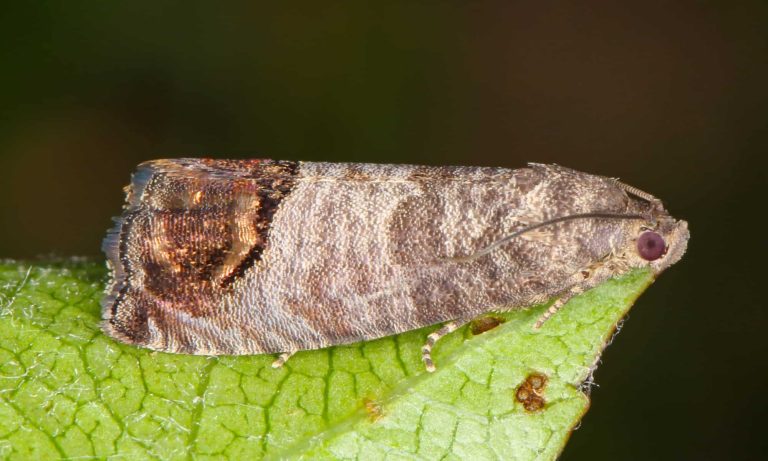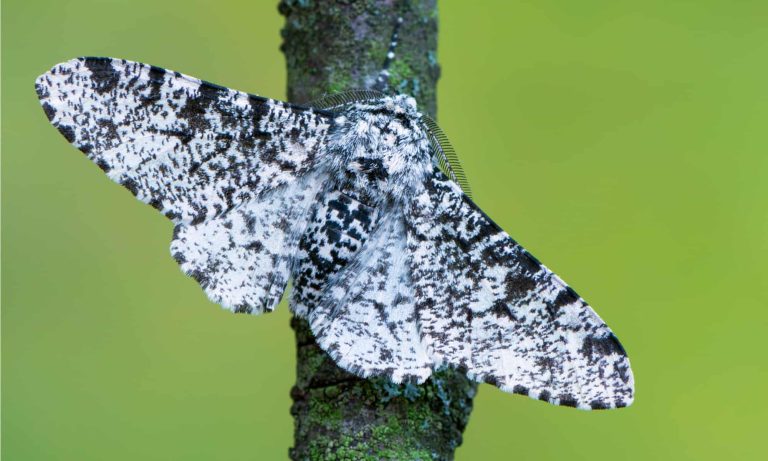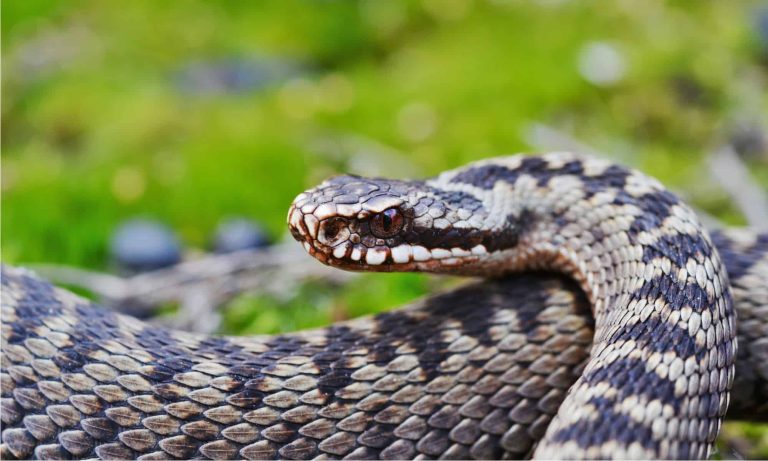Turkey
European Robin
Male robins are so aggressive and territorial that they will attack their own reflections.
Dog Tick
Dog ticks feed on dogs and other mammals
Owl
The owl can rotate its head some 270 degrees
Smokybrown Cockroach
Has up to 45 eggs per egg case
Brown Dog Tick
Can live its entire life indoors
Ortolan Bunting
The tradition of hiding your face with a napkin or towel while eating this bird was begun by a priest who was a friend of the great French gastronome Jean Anthelme Brillat-Savarin.
European Bee-Eater
They can eat up to 250 bees per day!
Cinereous Vulture
This vulture can fly at great heights. At least one was found a few thousand feet from the top of Mount Everest.
Griffon Vulture
Can spot a dead animal from thousands of feet away
Eurasian Jay
The Eurasian jay has the ability to mimic other sounds
Nose-horned viper
The fangs of a nose-horned viper can be as long as half an inch
Hawk Moth Caterpillar
Many hawk moth caterpillars eat toxins from plants, but don’t sequester them the way milkweed butterflies do. Most toxins are excreted.
Night Heron
When they feel threatened juvenile night herons vomit their stomach contents.
Grey Heron
Male grey herons are picky about their mates. They'll reject a female that they don't fancy.
Codling Moth
Pupae are able to undergo diapause to survive poor fruit yield years and winter.
Peppered Moth
Teachers in schools often use the evolution of the peppered moth as a good example of Darwin’s theory of natural selection.
Viper
Vipers are one of the most widespread groups of snakes and inhabit most

